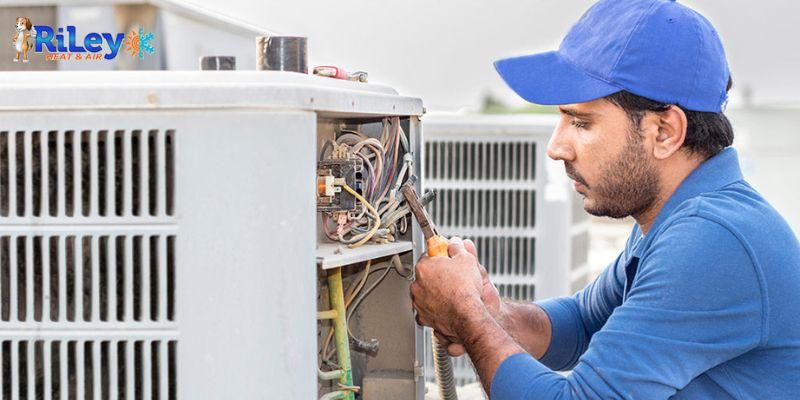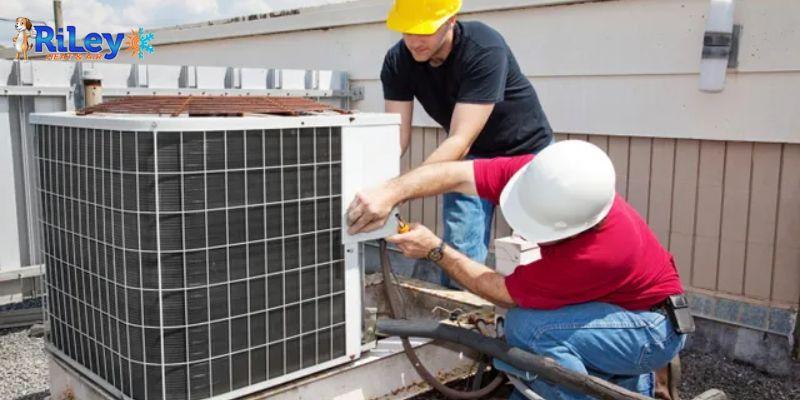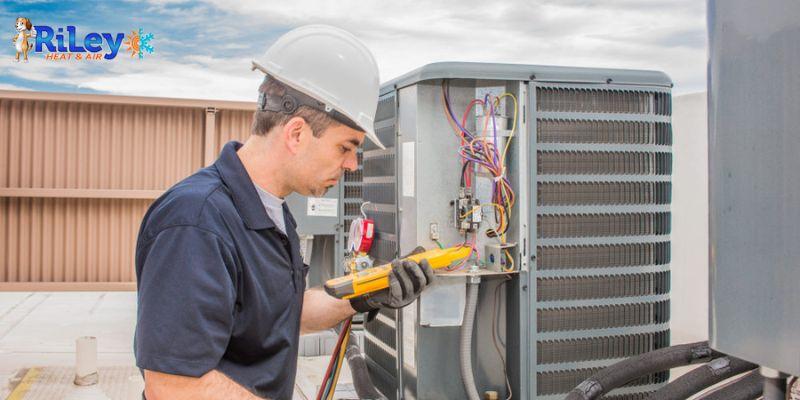
Upgrade Your HVAC System: The Latest Technology and Trends in Installation and Repair
Your home's Heating, Ventilation, and Air Conditioning (HVAC) system is crucial in ensuring comfort and indoor air quality. As technology advances, so do the options available for HVAC installation and repair.
Whether looking to improve energy efficiency, enhance air quality, or upgrade your outdated system, staying up-to-date with the latest trends and innovations in the HVAC industry is essential. This article will explore some of the cutting-edge technologies and trends in HVAC installation and repair that can transform your home's comfort and efficiency.
The Latest Technology and Trends in Air Conditioning Installation and Repair
1. Smart Thermostats and Home Automation
One of the most significant advancements in HVAC technology is the rise of smart thermostats and home automation systems. These intelligent devices allow you to control your HVAC system remotely and use sensors and algorithms to optimize temperature settings based on your preferences and habits.
Smart thermostats can learn from your behavior, adjust settings to save energy while away, and even provide energy usage reports. With compatibility with virtual assistants like Alexa or Google Assistant, these devices offer unparalleled convenience and energy efficiency.
2. Energy-Efficient HVAC Systems

As the world becomes more environmentally conscious, energy efficiency in HVAC systems has become a top priority. Manufacturers constantly develop newer models that consume less energy while providing better performance.
Upgrading to an energy-efficient HVAC system can significantly save your utility bills and reduce your carbon footprint. Look for systems with high Seasonal Energy Efficiency Ratio (SEER) ratings for air conditioners and Heating Seasonal Performance Factor (HSPF) ratings for heat pumps.
3. Geothermal Heating and Cooling
Geothermal HVAC systems harness the Earth's natural heat to regulate indoor temperatures. These systems can provide efficient heating and cooling throughout the year by utilizing stable underground temperatures.
Although the initial installation cost can be higher than traditional systems, geothermal systems boast excellent energy efficiency and can significantly reduce long-term operating expenses.
4. Indoor Air Quality Enhancements
Poor indoor air quality can lead to various health issues, including allergies and respiratory problems. The latest HVAC systems use advanced air purification technologies, such as HEPA filters, UV sterilization, and air ionizers, to combat indoor air pollutants effectively. These technologies can eliminate airborne contaminants, bacteria, and viruses, creating a healthier living environment for you and your family.
5. Zoning and Ductless Mini-Split Systems
Traditional HVAC systems often struggle to maintain consistent temperatures throughout a house, leading to energy waste. Zoning systems and ductless mini-split systems offer a solution to this problem.
Zoning allows you to divide your home into different areas and independently control the temperature in each zone. On the other hand, ductless mini-split systems do not require ductwork, making them ideal for older homes or room additions.
6. Predictive Maintenance and Remote Diagnostics
HVAC manufacturers are integrating predictive maintenance and remote diagnostic capabilities into their systems. These features use data analytics and machine learning algorithms to predict when care is needed and identify potential issues before they escalate. With remote diagnostics, HVAC technicians can troubleshoot problems without requiring an on-site visit, reducing downtime and repair costs.
7. Eco-Friendly Refrigerants
Traditional HVAC systems often use refrigerants contributing to ozone depletion and global warming. As part of the movement towards eco-friendliness, newer HVAC systems are designed to use more environmentally friendly refrigerants.
Hydrofluorocarbons (HFCs), which were common in older systems, are being replaced by hydrofluoroolefins (HFOs) and other low-global-warming-potential (GWP) refrigerants. Upgrading to an HVAC system that employs these eco-friendly refrigerants can help reduce your carbon footprint and contribute to preserving the environment.
8. Integration of Renewable Energy Sources
HVAC systems are now integrated with renewable energy sources like solar panels and wind turbines to enhance energy efficiency and sustainability further. This integration allows HVAC systems to draw power from renewable sources, reducing reliance on traditional energy grids and lowering overall energy costs.
By adopting a renewable energy-integrated HVAC system, homeowners can save money and actively participate in the transition to cleaner energy alternatives.
9. Enhanced HVAC Controls and Monitoring
Advanced HVAC controls and monitoring systems give homeowners real-time insights into their system's performance. You can remotely monitor and adjust temperature settings, humidity levels, and other essential parameters through user-friendly interfaces and smartphone apps.
Furthermore, these systems can send alerts in case of malfunctions or irregularities, enabling timely repairs and preventing potential system breakdowns.
10. Improved Noise Reduction
Traditional HVAC systems can be noisy, causing disruptions and discomfort in the household. However, manufacturers are increasingly focusing on noise reduction technologies. Modern HVAC systems are designed with quieter compressors, sound-dampening materials, and improved airflow management to ensure a peaceful and serene indoor environment.
11. Energy Recovery Ventilation (ERV) Systems
Energy Recovery Ventilation (ERV) systems are gaining popularity as an energy-efficient solution for maintaining indoor air quality while conserving energy.
These systems exchange heat and humidity between indoor and outdoor air, recovering energy from the exhaust and using it to precondition the incoming fresh air. ERV systems are especially beneficial in climates with extreme temperatures, where they can help reduce the load on the HVAC system.
12. Emphasis on Professional Installation and Maintenance
With the complexity of modern HVAC systems, professional installation, and regular maintenance have become more critical than ever. Manufacturers often provide specialized training to HVAC technicians to ensure proper installation and servicing of their advanced systems. Proper installation and routine maintenance maximize the system's efficiency and lifespan and ensure safety and adherence to warranty terms.
Conclusion
Upgrading your HVAC system with the latest technology and trends offers many benefits, from increased energy efficiency and reduced environmental impact to enhanced comfort and indoor air quality. When considering an upgrade, you must work with reputable HVAC professionals who can assess your needs and recommend the most suitable solutions for your home. As HVAC technology continues to evolve, staying informed and embracing these innovations will make your home more comfortable and contribute to a greener and more sustainable future for our planet.
COMMENTS
LEAVE A COMMENT








I recently upgraded my HVAC system, and staying updated on the latest trends in installation and repair was vital. Smart thermostats and eco-friendly refrigerants are game-changers for efficiency and sustainability. This blog post is a valuable resource for anyone considering an HVAC upgrade.